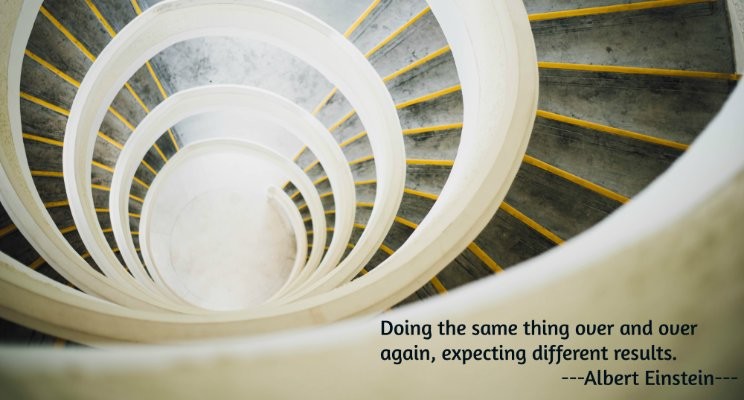Amid a sea of personality assessments and work style predictors, the waters of career planning can get a bit muddy. Though they can be valuable, it’s easy to get swept up in acronyms and numbers when you’re deciding who fits best where. Sometimes, simple is best. During my master’s degree, I was introduced to the concept of the “T” person vs the “I” person within an organization. The clarity and value contained in the idea has appealed to me ever since; it’s a great way to improve communication and coach individuals along their career path.
“T” or “I” Personality?
What’s the gist? A “T” person contains a depth of knowledge in a specific area, while also maintaining a range of generalist abilities. An “I” person is highly specialized in one particular area. The typeface helps one remember which is which. “T” people can often be found pursuing a range of interests, and “I” people can be intensely focused on one discipline. Each provides unique benefits to an organization.
The “T” person is characterized by both depth and breadth in a number of skills. They tend to be empathetic; they can find common ground with people who perform a range of tasks. They’re also curious and excited about learning new skills, and they enjoy opportunities to experience the disciplines of others. They can provide the “glue” that helps link various departments and skill sets within an organization.
The “I” person provides a necessary expertise in a highly specialized field. In many cases, knowledge in a particular area requires a deep dive, and these personalities love to go to the depths. Don’t underestimate the benefit of an “I” person within your organization. If you need an expert, these folks are there for you.
Origins of the T and I
The origins of the term are attributed to both Tim Brown, CEO of IDEO Design Consultancy (he introduced the term in the early 2000’s) and McKinsey & Company in the 1980’s. Regardless of who used it first, the idea became used to help explain the difference between people who were solely subject matter experts, and those who could function in a specific area but also possessed interdisciplinary qualities.
Both are valuable to an organization, and neither is more important than the other. However, understanding which employee is which helps smooth communication wrinkles and set appropriate expectations. It also helps managers guide folks to the spot where they’ll be most useful and happy.
Leading the T’s and I’s
As a leader, you’ll need to understand that the “I” people in your organization may not be able to cross-train into interdisciplinary tasks. Instead, they’ll likely be happiest right in the center of their zone of genius, providing excellent quality work. However, when you understand which team members are “T’s”, you can strategically feed their ability to function across boundaries. Nurture their skills like creativity and emotional intelligence, and they can effectively use those gifts to bridge gaps…while making use of important information provided by the “I’s”.
This concept is useful beyond the manager/employer relationship. Understanding where your own skills and abilities fall is instrumental in making sure you don’t end up on a frustrating and fruitless career path. If you’re a “T,” invest in your cross disciplinary skills to strengthen your organization and make connections throughout departments. If you’re an “I,” make sure you’re functioning within an organization that will value and respect what you can provide as a highly skilled subject matter expert. Celebrate your love of deep knowledge, and seek out training that will help support you in your pursuit. Make sure your manager understands your strengths and how to use you best.
Understanding the Roles of T’s and I’s
Understanding your letter can also help you determine if you should function independently or as part of a group. “T’s” can more effectively leverage independent work, since it involves such a range and breadth of skills to recruit a steady stream of clients and deliver quality products. “I’s” would likely feel most fulfilled when they’re looking to others to provide the workflow, leaving them to focus on their particular niche.
I’m clearly a “T,” and understanding my personality allowed me to navigate my professional development. As my career progressed, it became clear that the path of highest fulfillment for me would be to start my own company, since I thrive when learning and applying a broad range of skills. It’s proven true.
Stategic Planning for Your Employees
However the letters fall, strategic planning for your employees is always beneficial. Whether you make use of other personality tools or not, take some time to ruminate on this framework as it relates to your personnel.
Tiffany Rosik, founder and chief executive officer of TGR Management Consulting, advises Fortune 1000 companies on aligning business and technology initiatives to achieve growth. Tiffany goes beyond project best practices by coaching Project Team Leaders on team dynamics and techniques to establish a self-sustaining model that creates a consistent experience and produces results. Connect or follow Tiffany Rosik on LinkedIn.




